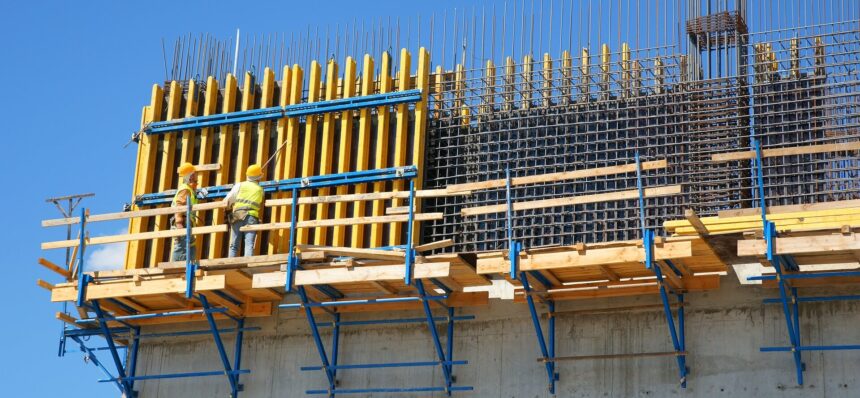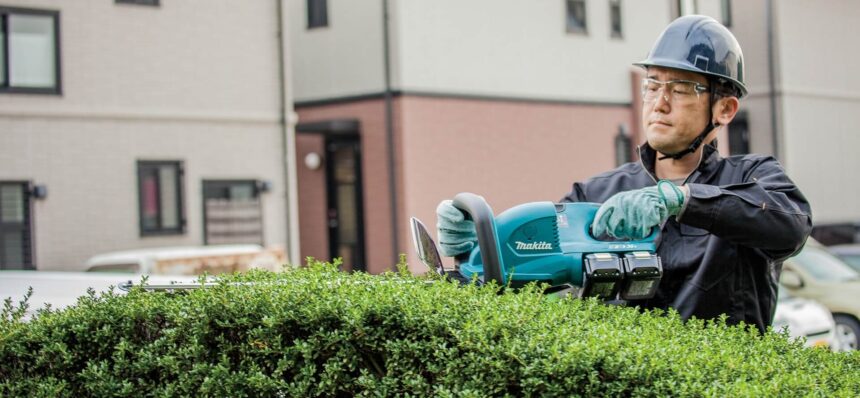The construction industry is a leading industry for injuries, illnesses, and death in the United States. The United States Department of Labor, OSHA Office tells us that in 2015, 4,836 workers were killed on the job and 21.4% were in construction. That means more than one in four worker deaths were in construction. Following are causes and percentage of deaths for each of four categories.
- Falls account for 364 deaths of the 937 (38.5%) construction deaths in 2015.
- Struck by a falling object accounted for 90 deaths or 9.6%.
- Electrocutions were responsible for 8.6% or 81 deaths of construction workers.
- Crushed-to-death is a catch-all phrase that includes workers caught in or compressed by equipment or objects, and struck, caught, or crushed in collapsing structure, equipment, or material. 67 construction workers died in this type of incident representing 7.2% of construction deaths.
The above fatalities account for more than 60% of all construction deaths. The numbers for these 4 types of incidents are so alarming they are informally referred to as the fatal four.
Since the Occupational Health & Safety Administration started, total workplace fatalities have decreased from about 38 deaths each day to around 13 a day in 2015. So, how can the construction industry improve more? One solution may be performing more Job Safety Analysis in the construction industry.
What is Job Safety Analysis?
Job Safety Analysis (JSA) is a term that describes a process that aids in the integration of accepted health and safety principles and practice so they fold into how a job or task is completed. Some people in the US refer to a JSA as job hazard analysis or job hazard breakdown. Although the terms job and task are used interchangeably in JSA they are ineffective if defined too broadly or too narrowly.
Four Basic Steps in Conducting a JSA
There are four steps that are common to all JSAs. They are:
- Select the job for which you want to do a JSA
- Break it down into an order of steps that are sequential
- Identify potential hazards associated with the job
- Determine the appropriate preventive measures to neutralize the hazards.
As an example, the following chart is a JSA for changing a flat tire.
| Sequence of Events | Potential Accidents or Hazards | Preventive Measures |
| Park vehicle | a) Vehicle too close to pass traffic b) Vehicle on uneven, soft ground c) Vehicle may roll |
a) Drive to an area well clear of traffic. Turn on emergency flashers b) Choose a firm, level parking area c) Apply the parking brake; leave transmission in PARK; place blocks in front and back of the wheel diagonally opposite to the flat |
| Remove spare and tool kit | a) Strain from lifting spare | a) Turn spare into the upright position in the wheel well. Using your legs and standing as close as possible, lift spare out of the truck, and roll to flat tire. |
| Pry off hub cap and loosen lug bolts (nuts) | a) Hubcap may pop off and hit you b) Lug wrench may slip |
a) Pry off hub cap using steady pressure b) Use proper lug wrench; apply steady pressure slowly |
| And so on… | a) … | a) … |
Source: Canadian Centre for Occupational Health and Safety
Software to support manage job safety
Assignar is a workforce and asset allocation and planning tool for the construction and other highly regulated industries. As part of each worker’s file, Assignar allows construction companies to attach those JSAs that are applicable to the individual worker. There are many other benefits associated with Assignar software that includes:
- Manage your workforce training
- Keep your workforce compliant
- Allocate your workforce to the right job
- Communicate with the workforce
- Collect timesheets and custom forms
- Machine pre-starts, toolbox talks
- And much more, all in one place!





